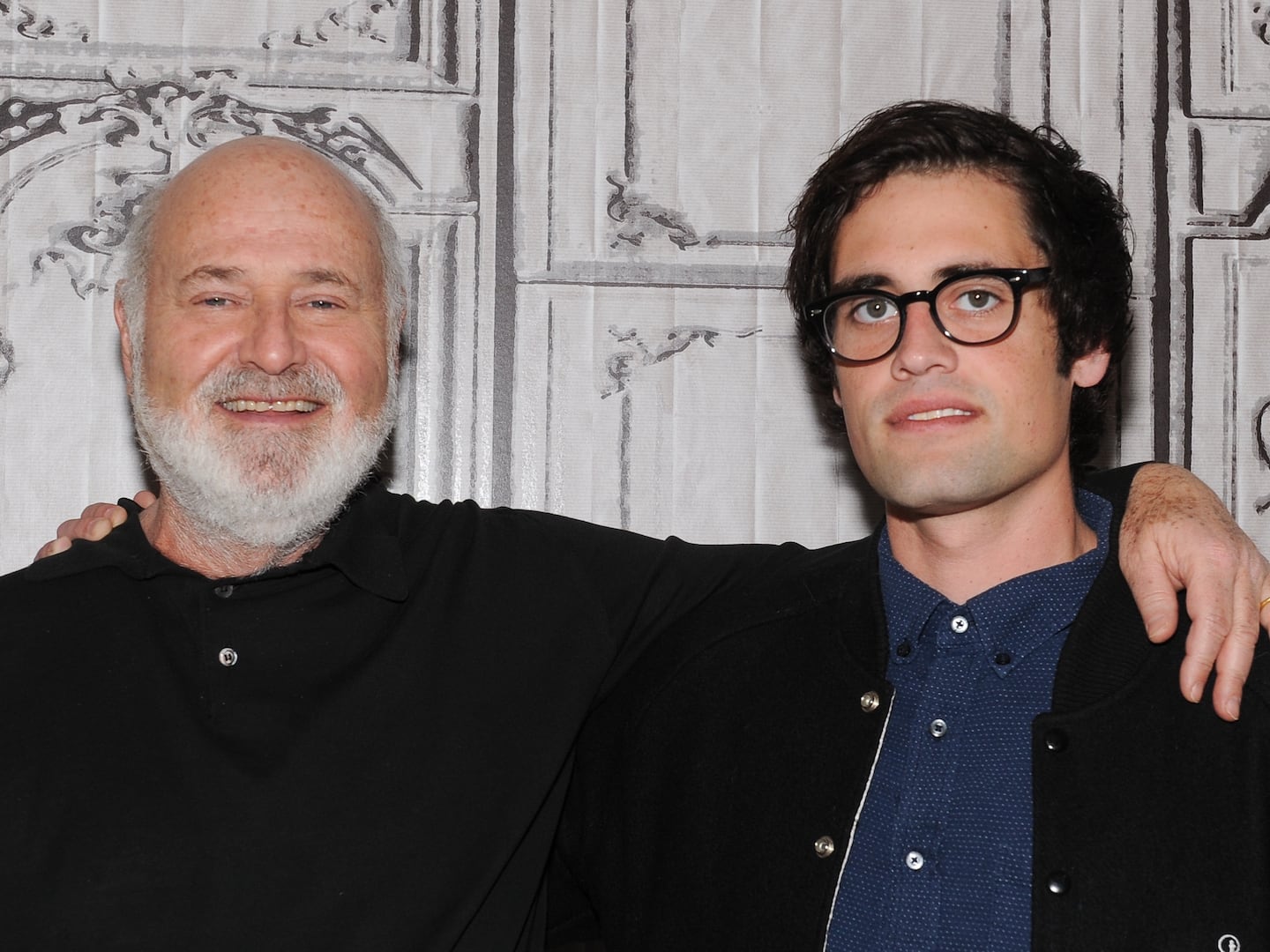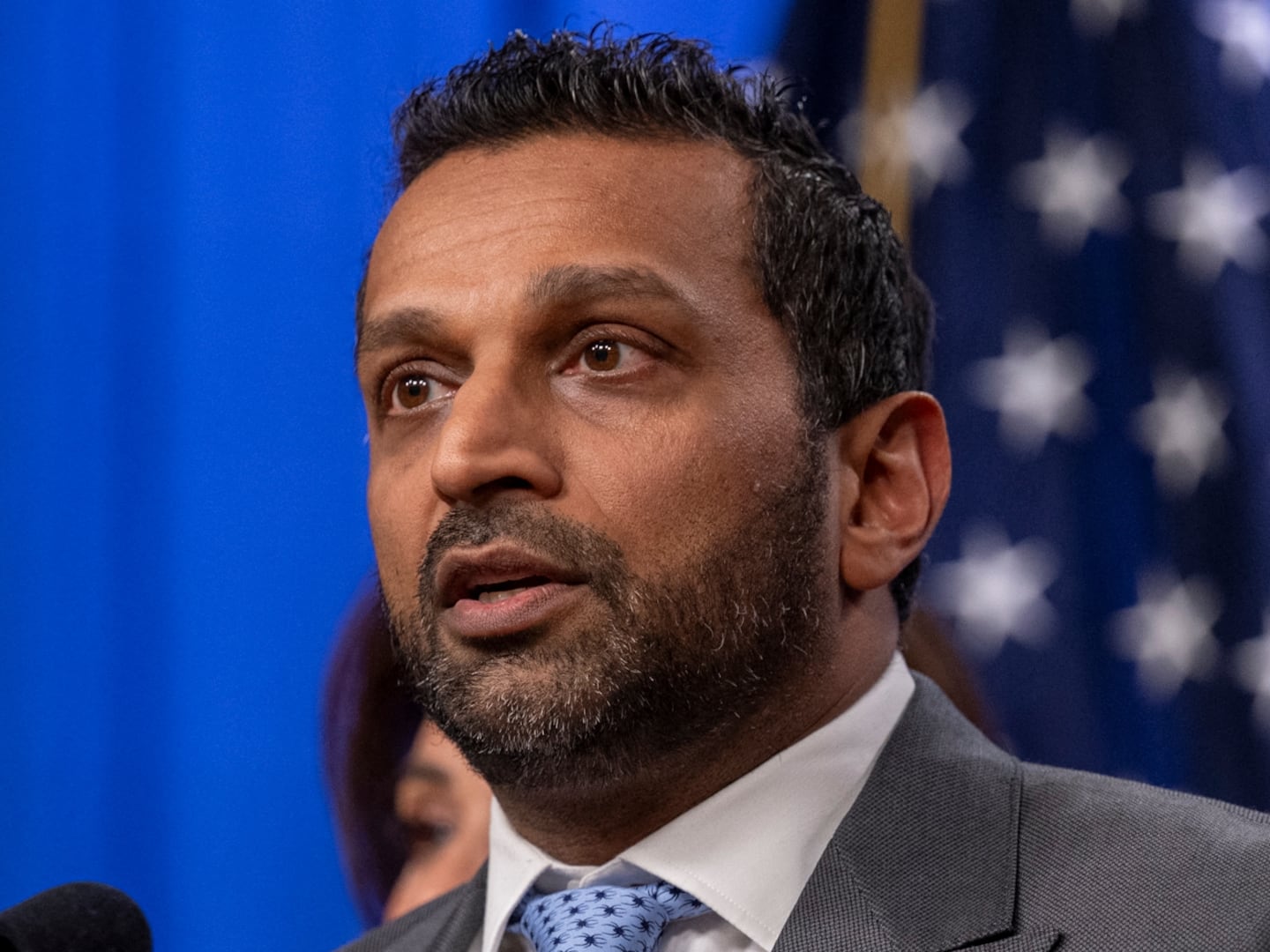
Since the beginning, Dr. Marcus Conant has been at the frontlines of HIV treatment and prevention. In 1981, the San Francisco-based dermatologist was one of the first medical professionals to successfully identify the symptoms and syndromes eventually classified as AIDS, and he remains a pioneer in innovative HIV-prevention strategies to this day.
“There is this cultural reluctance to giving people pills that allow them to do things we don’t want them to do.”
But for the past half-decade, Conant has been doing something with no outside observation that’s considered blasphemy by many AIDS specialists: he’s prescribing powerful HIV meds to people who don’t have HIV.
Adhering to strict dosage guidelines and carefully monitored for potential side-effects, Conant’s clients are early adopters of a controversial drug cocktail called PrEP—pre-exposure prophylaxis medications. The concept is simple: Conant uses the same anti-retrovirals (ARVs) that HIV-positive patients take to manage their disease, and administers them to high-risk HIV-negative people in the hopes that the meds will prevent them from catching the virus.
Or at least, that’s how it’s supposed to work. Still unproven—and possibly illegal—PrEP is upending the AIDS world, as it conflicts with the “Always Use Condoms” mantra that’s been at the center of AIDS-prevention strategies since the beginning. But PrEP advocates don’t mind that. They think of themselves as realists in an era where people just aren’t as scared of AIDS as they used to be. “Many of these patients have simply given up condoms, but are still looking for ways to stay negative,” says Dr. Conant of his PrEP users, who are all gay.
From San Francisco to South Africa, Brazil to Botswana, more than 20,000 people—men and women, gay and straight, singles and couples—are either currently enrolled in or slated to begin PrEP studies across the globe. And results from the first study—a CDC-sponsored trial on 400 gay men nationwide – are scheduled for release early next year. While researchers are reluctant to speculate on the potential outcome, previous studies in monkeys—and anecdotal “street” use—suggest PrEP is likely to provide some measure of protection against HIV. “We’re cautiously optimistic,” confirms Dr. Kenneth Mayer, medical research director at Fenway Health in Boston.
If the PrEP trials bear out, AIDS could join the hallowed club of diseases preventable by pill. But AIDS, caught in a 30-year swirl of sex and morality, has never been just another illness. As the late-‘80s battles over condom use and needle-exchange programs illustrate, HIV-treatment debates have rarely focused solely on bottom-line results.
PrEP, however, is a game changer. The closest we may soon have to an effective vaccine, it posits the notion of science—rather than self-control—as the key agent of HIV prevention. Much as the birth control pill ushered in the “zipless fucks” of a generation ago, PrEP has the potential to return society to the era of latex-free sex—a concept that elates some and alarms others.
“It feels like a lot of people see this as our next magic bullet, and that scares me,” said Jeffrey S. Crowley, director of the White House Office of National AIDS Policy during a day-long PrEP meeting at the National HIV Prevention conference in Atlanta last month. “There is a high risk for demagoguery about this issue,” Crowley continued. “My nightmare is the cable talk shows saying, this is just another way to let irresponsible homosexuals have more sex.”
That may be the least of it. Long-time San Diego HIV educator Daniel Uhler reports, “We’ve seen quite a few drug dealers include (PrEP) meds with meth and Viagra to help better market to clients on the gay party scene.”
PrEP proponents cringe at the thought of such anecdotes derailing their efforts, but such hypothetical scenarios are bound to be floated as the idea of a prevention pill goes mainstream. For instance, while the current clinical trials are based on daily PrEP doses, some wonder if it could be popped whenever needed, like an Airborne tablet. “Can PrEP be taken, say, on a night you go out and party—like a ‘day before’ rather than ‘day after’ pill?” ponders Dr. Susan Buchbinder, director of HIV Research at the San Francisco Department of Public Health.
Equally important is PrEP’s potential for toxicity, and the fact that it must be accompanied by strict health monitoring. “The last thing you want is someone who’s HIV positive taking PrEP, because they could develop resistance to the medications,” says Sharif Sawires, senior public analyst at the UCLA Program in Global Health.
But even those who don’t love the idea acknowledge we may be nearing a point where PrEP is a necessary evil. As AIDS Czar Crowley fears—and Dr. Conant confirms—many gay men are treating condoms as optional these days. (Of course, as the birth of baby Tripp Palin Johnston suggests, many heteros are also suffering from condom fatigue.) As a result, people like Dr. Albert Liu, Director of HIV Prevention/Intervention Studies at the San Francisco Department of Public Health speak of people “combining PrEP with condom use and a reduction in sexual partners,” akin to how some heterosexual couples use condoms and the birth control pill. Crowley himself proposes that PrEP could just be for “persons in committed relationships where one partner is HIV positive and the other is not…among women unable to negotiate condom use…and in conjunction with other proven prevention interventions designed to reduce or eliminate risk for HIV.”
But such circumscribed PrEP planning is at best disingenuous and at worse downright dangerous because it ignores the likelihood that most folks taking PrEP will do so in lieu of condoms, possibly with strangers. “Realistically, people are not looking to use PrEP with condoms, but so they can have unprotected sex,” says Dr. Joseph T. Defoto, a West Hollywood internist with a large gay and HIV-positive clientele. Adds Patrick J. McGovern, President/CEO of Harlem United in New York, “There is a fear that PrEP use won’t be controlled—but the fallacy may be that it can be controlled at all.”
“There is this cultural reluctance to giving people pills that allow them to do things we don’t want them to do,” says Thomas Coates, Professor of Medicine at UCLA’s David Geffen School of Medicine. He’s talking about the point at which fears about PrEP cross over from practical to moral—fears of a future in which PrEP, like the Pill before it, becomes as much a vehicle for pleasure as for prevention. Yet if PrEP is to ever be optimized, most researchers insist medicine—and not morality—must dictate eventual treatment policies. “We must keep folks as healthy as possible,” says Coates. “We cannot fate them to becoming positive—and it is cheaper for us as a society not to do so.”
Call it the “Malcolm X” approach to battling HIV: keeping people negative by any means necessary. Yet while preventing HIV infections is certainly cheaper than treating them, at nearly $9,000 per patient per year, PrEP is by far the priciest prevention method available. Add in mass-PrEP education, distribution, and monitoring programs, and “the cost of PrEP could easily be more than our entire current HIV budgets,” says Sara Gillen, Harlem United’s Deputy Director of Prevention.
Which makes PrEP an ideal microcosm of the current debate on health care. As a prescription-only treatment, PrEP will likely be used first by those with the cash to pay for it. The poor, the uninsured, and the underinsured, on the other hand, much as they already struggle to afford HIV-medications—PrEP medications!—will be left out of PrEP’s initial roll-out and stuck with the old-fashioned barrier method.
“PrEP ultimately becomes a social justice issue,” says Harlem United’s McGovern. “We cannot tell one group it’s okay to pop a pill and have unprotected sex, and then another they can only use condoms.” AIDS, like tuberculosis a half-century ago, is a threat to society as much as the self, and only a comprehensive public PrEP plan can ensure it’s used as effectively and equitably as possible.
As HIV researchers and policy makers gear up for next year's results, even PrEP's most sanguine supporters concede they've only reached the end of the beginning. Truly comprehensive PrEP data is still five to ten years down the line. In the meantime, doctors such as Conant will continue their own do-it-yourself PrEP programs until a higher authority—the FDA, the Department of Health, WHO—steps in and either offers guidance, or simply cracks down.
David Kaufman is a New York-based journalist who regularly contributes to The New York Times, The Financial Times, Time International and Wallpaper—and is the charming madness behind the blog TRANSRACIAL.






